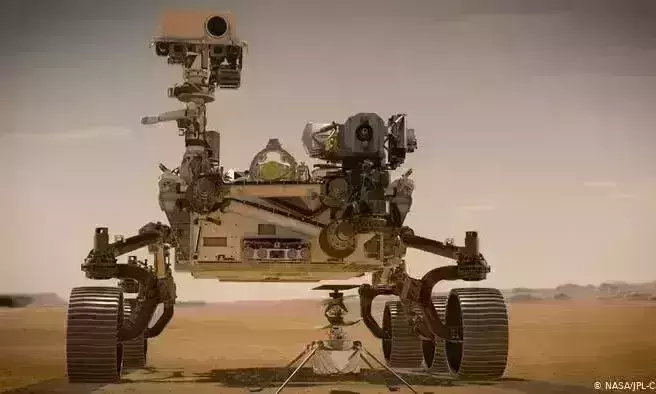
A test drive on Mars; NASA's Rover travelled 6.5 meters
text_fieldsFor the first time in history, a vehicle underwent a test drive on Mars. NASA's Rover, which landed on the planet on February 18, moved over the surface of Mars, taking 33 minutes and covering a distance of 6.5 meters. NASA experts say the first test drive was able to test and calibrate all systems and subsystems of the six-wheeled vehicle before the Rover started its science mission.
On the first drive, the Rover moved four meters forward. Then it turned 150 degrees to the left and moved back 2.5 meters. NASA says the vehicle is currently parked in a temporary parking space on Mars. "When it comes to wheeled vehicles on other planets, there are few first-time events that measure up in significance to that of the first drive," said Anais Zarifian, NASA's Mars 2020 Perseverance rover mobility testbed engineer. "This was our first chance to 'kick the tires' and take Perseverance out for a spin. The Rover's six-wheel-drive responded superbly. We are now confident our drive system is good to go, capable of taking us wherever the science leads us over the next two years."
One of the Rover's missions is to collect rock samples and seal them in sterilised titanium tubes. This will allow scientists to study the presence of microorganisms on Mars, which will help ascertain the planet's geography and past climate. This will pave the way for man's direct exploration of Mars. Scientists expect the Rover to travel more than 200 meters once the mission begins.
After landing on February 18, the vehicle underwent routine checks and software updates. NASA first replaced the computer program that helped land on Mars with software to analyse the planet. On March 2, the two-meter-long robotic arms were first operated. The images and visuals are sent using the Rover's 25 cameras.























